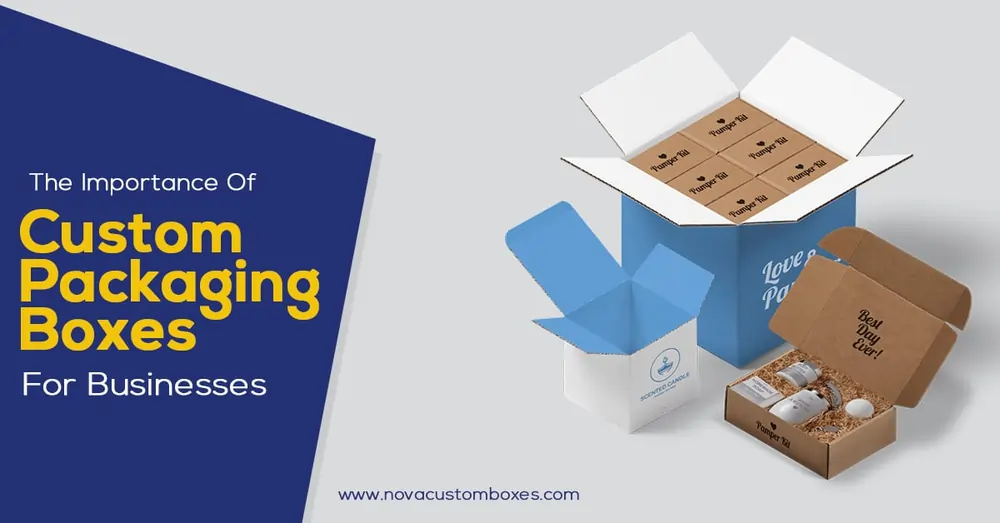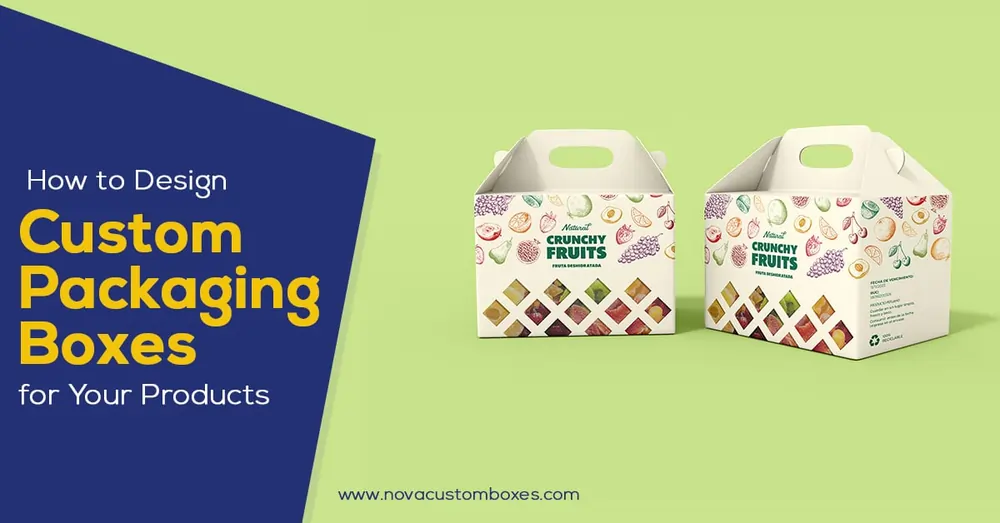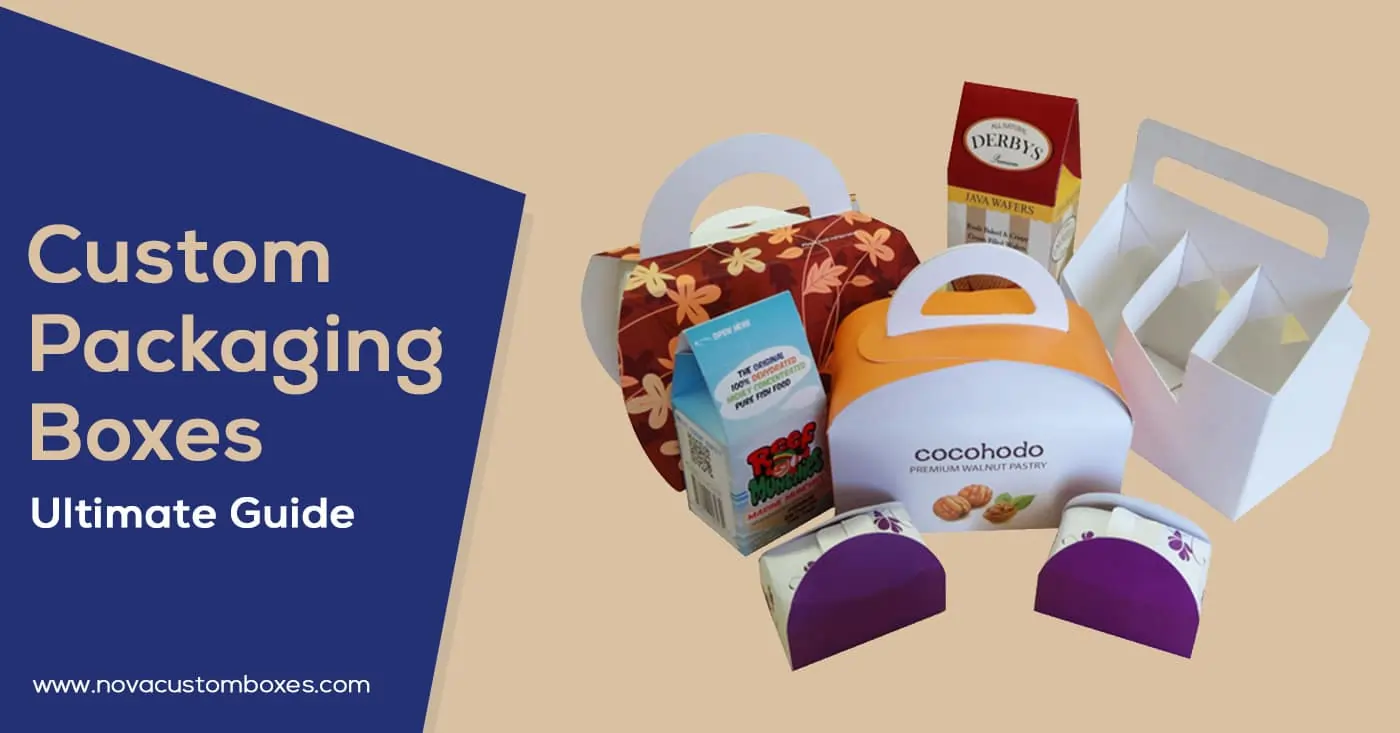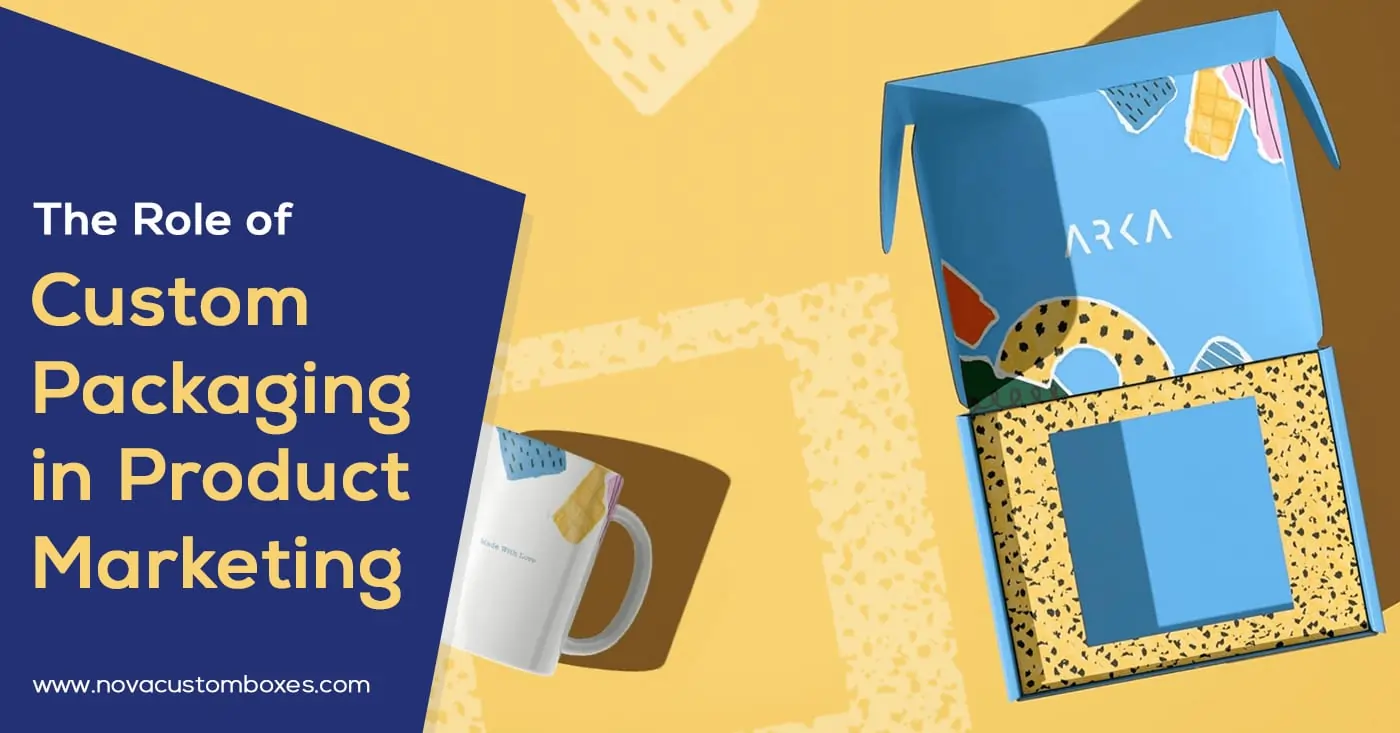Embossing creates raised designs or patterns on various materials, such as paper, leather, metal, and fabric. This age-old technique has been used centuries to impart a classy, elegant look to surfaces.
From business cards to wedding invitations, embossing is a versatile technique that can add a touch of sophistication and depth to any design.
However, despite its ubiquity, there is much to discover about embossing that often goes unnoticed. In this comprehensive guide, we’ll delve into what is embossing? What are its techniques and applications?
What Is Embossing?
Embossing is a technique that involves creating raised designs or patterns on various materials, such as paper, leather, metal, and fabric.
The process is achieved through a specialized tool or machine and involves pressing the material against a block or template to create the desired design.
What Does Embossing Mean?
The term “emboss” is derived from the French word “boss,” which means “protuberance” or “raised ornament.” In essence, embossing is to create a three-dimensional effect on a flat surface, lending it a sense of depth and texture.
What Is The Opposite Of Embossed?
The Opposite of embossed is debossed, which involves creating a depressed or indented design on a surface. This effect is achieved by pressing the material into a hollow block or template, leaving an impression that it is sunken into the surface.
Examples Of Embossing
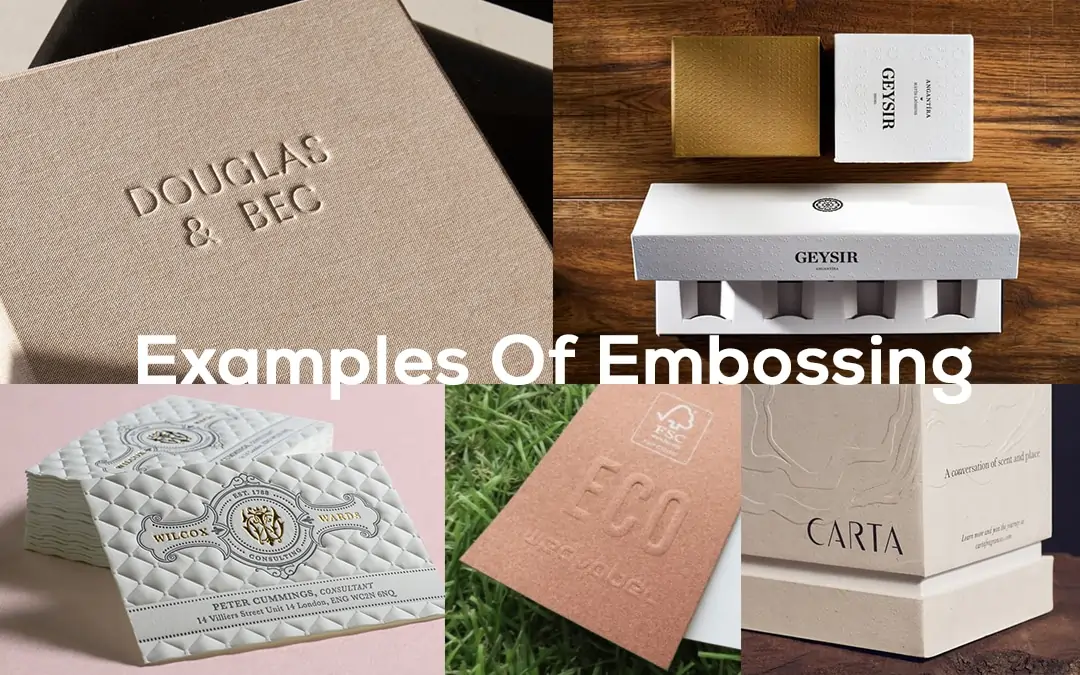
Examples of embossing are numerous and varied. Fashion designers often use this technique on clothing, shoes, and bags to create interesting and tactile textures.
Car manufacturers, too, use embossing to create textured surfaces on vehicle interiors, such as door panels, dashboards, and seats.
Embossed Design On High-Quality Paper
The embossed packaging box design on high-quality paper, in particular, is a great way to make print materials stand out. For this reason, emboss printing has long been a popular method in the printing industry.
It creates a distinct and eye-catching 3D effect that enhances the beauty of printed materials. This is why, at times, embossing is associated with luxurious or high-end brands.
What Is Embossing Printing?
Technically, emboss printing is the method used to craft raised designs on paper. It utilizes a metal plate or polymer inscribed with the chosen design.
This plate is placed beneath the paper or cardstock, and pressure is applied mechanically or manually. The applied pressure pushes the plate and the paper together, resulting in the desired raised effect.
Emboss printing has become popular in the printing industry because it adds depth, texture, and a premium look to the design. Embossing is a flexible and versatile technique ideal for increasing the visual appeal of stationery, invitations, business cards, book covers, and other printed products.
What Is Embossing Powder?
Embossing powder is an essential element in the art of embossing. Typically, it is a fine-grain substance made of plastic, acrylic, or other materials that melt and stick to the surface when heated with a heat gun. Embossing powder comes in various colors, textures, and finishes, such as matte, glossy, metallic, and glittery.
Embossing powder can add depth and dimension to your work, creating a stunning 3D effect that pops out of the page. With a little imagination, you can explore endless possibilities and different techniques, such as faux metal, texture, and other special effects.
Embossing powder is a versatile material used on various surfaces, such as paper, vellum, fabric, and wood. By heating the embossing powder, it melts and bonds to the surface, allowing you to create intricate and durable designs.
One of the most significant advantages of using embossing powder is that it can resist water and moisture, making it an ideal finish for scrapbooking, card-making, and other paper crafts. Plus, most embossing powders are non-toxic and safe to use. (PDF Download)
What Is Embossed Leather?
Embossed leather is a type of leather that has been stamped, pressed, or carved with a design, creating a raised pattern or texture. This technique is a popular way to add a touch of elegance and refinement to leather products, such as wallets, belts, and bags.
Embossed leather is created using a press or stamping machine to imprint a design onto the leather’s surface. The design can be anything from a simple geometric pattern to a detailed floral motif, depending on the manufacturer’s preference.
Since embossed leather undergoes a pressing process, the leather’s fibers are compressed, creating a denser and more robust texture. This makes the leather more durable, resistant to wear and tear, and an ideal material for various leather products.
Embossed leather is available in many traditional and contemporary styles and can be finished with different colors, dyes, and effects.
It can also be combined with other leather-working techniques, such as dyeing, cutting, and stitching, to create intricate and beautiful designs.
What Does Debossing Mean?

Many people don’t know what is debossing, then debossing is a popular printing technique in numerous industries, from fashion to stationery. When you opt for a debossed product, your design or logo is stamped or pressed into the material’s surface, creating a permanent indentation. The result is a sleek, sophisticated look that adds a high-end touch to any item.
Debossing is commonly used on paper products such as business cards and invitations but can also be used on leather goods, including wallets and journals.
The process requires a specialized machine and skilled craftspeople to ensure the perfect placement and depth of the impression.
Debossing is an excellent option for those looking to add depth and texture to their products while creating a lasting impression.
Difference Between Embossing And Debossing Tablets
The main difference between embossed vs. debossed is that they are two techniques often used to enhance the appearance of surfaces.
Although they may appear similar at first glance, the two methods are fundamentally different, and each has unique characteristics and applications.
Embossing is the process of creating a raised design on a surface. This is achieved by using a die, a metal plate with the desired design, and applying pressure to the embossed paper or material.
The result is a stunning effect that elevates the design, giving it a three-dimensional appearance. Embossed business cards, invitations, and packaging are popular when creating a premium, high-end look and feel.
Debossing, on the other hand, is the process of creating a depressed design on a surface. This is achieved using a die that reverses the desired design and then applies pressure to the material.
The effect is a design indented into the surface, creating a subtle but impactful effect that gives the design a unique tactile quality. Debossing is commonly used on leather products like wallets or belts to create an elegant and sophisticated look.
However, debossing is not just limited to leather products. You can also opt for debossed business cards to make a lasting impression on your clients or customers.
While both techniques may seem similar, there are distinct differences between them.
For example, embossed designs tend to be more visually striking and bold, whereas debossed designs are more subtle and understated. Another option for business cards is Letterpress business cards, a popular choice for those who want to make a lasting impression with their business cards.
Additionally, embossing is often used on paper products like business cards, whereas debossing is more commonly used on leather goods.
It’s also worth noting that the choice between embossing and debossing will depend on the design and material used. Certain materials may be better suited for one technique over the other, and certain designs may lend themselves more to either embossing or debossing.
Ultimately, the decision between the two techniques will come down to the designer’s preference and the desired outcome.
Elevate Your Custom Boxes With Premium Emboss Technique
Nova Custom Boxes is a leading packaging company providing top-notch packaging solutions to businesses of all sizes. The company is well-known for using innovative techniques to create unique and eye-catching packaging designs for its clients.
One of the techniques that Nova Custom Boxes has mastered is the embossing technique. This technique involves pressing a design or pattern on the packaging material to create a raised, three-dimensional effect.
The embossing technique is a great way to add texture and depth to packaging designs, making them stand out from the rest. Nova Packaging has used this technique to create stunning packaging designs that have helped its clients differentiate their products.
Whether you are looking to package luxury boxes or everyday product boxes, Nova Custom Boxes has the expertise and experience to create packaging solutions that will shine your brand.
People Ask Questions
Is emboss printing expensive?
Emboss printing can be more expensive than traditional flat printing due to the required extra steps and specialized equipment.
However, the result is a unique and high-end product that can add value to your brand or message. Working with a professional printer who can guide you through the process and offer options that fit your budget is important.
What is embossing used for?
Embossing creates a raised design or pattern on various materials, such as paper, leather, metal, and fabric.
It adds texture and dimension, making a design or message stand out. Embossing is often used for business cards, wedding invitations, packaging, and book covers. It can also be used for security features on banknotes and passports.
What is emboss material?
Embossing can be done on various materials, including paper, cardstock, leather, metal, and fabric. The material needs to be able to withstand pressure and hold its shape.
Heavier weights work best for a more pronounced emboss for paper and cardstock. Leather, metal, and fabric require specialized machinery and techniques.
What is the difference between emboss and stamp?
Embossing and stamping are closely related techniques. The main difference is that embossing creates a raised design or pattern, while stamping creates a flat impression.
It uses pressure and heat to reshape the material, while stamping uses ink or toner to transfer an image onto a surface.
Conclusion
As this comprehensive guide demonstrates, what is embossing? Embossing is a time-honored technique that adds dimension and sophistication to various surfaces. Whether you’re a professional designer or a hobbyist, understanding the intricacies of embossing will undoubtedly help you create stunning designs that are sure to impress.
By exploring the history, techniques, and applications of embossing, we’ve provided a deep dive into this art form, leaving readers well informed and inspired to try their hand at embossing.


